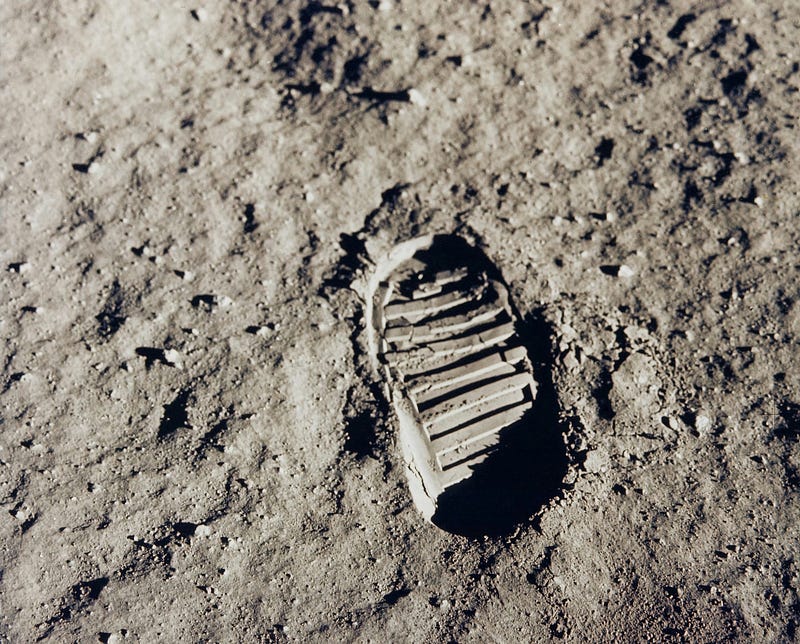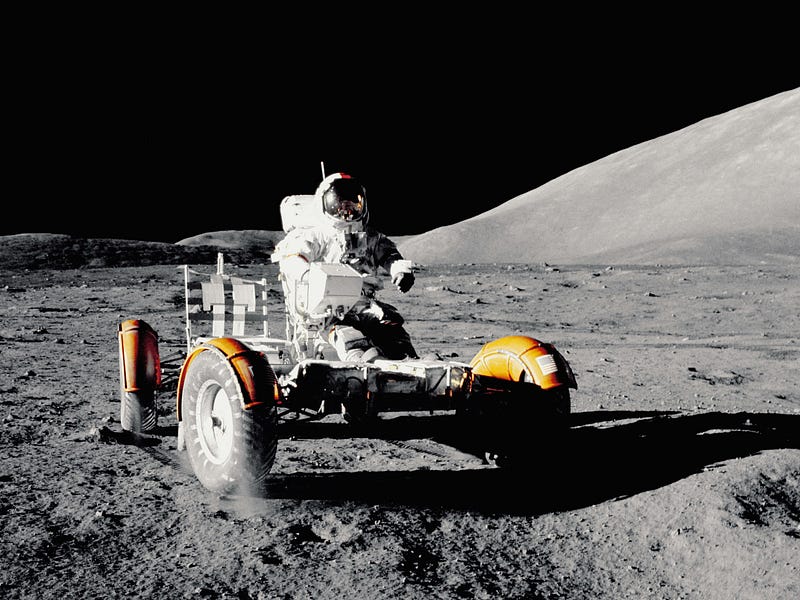Japanese Astronauts Set to Make History on the Moon in 2026
Written on
The Future of Lunar Exploration
In an exciting development for space exploration, a Japanese astronaut is scheduled to touch down on the lunar surface during the Artemis missions led by NASA in 2026. This initiative is part of the broader goal of establishing a permanent human presence on the Moon, which will act as a launching point for future missions to Mars.
During a joint press conference on April 10, Japanese Prime Minister Fumio Kishida and US President Joe Biden announced that NASA would select two Japanese astronauts for different Artemis missions. The first will see the Rising Sun flag raised during Artemis IV in 2028, symbolizing Japan's significant involvement in lunar exploration.

A New Era of Lunar Missions
NASA is preparing for humanity's return to the Moon with Artemis III, set to launch in 2026, featuring two US astronauts. NASA Administrator Bill Nelson highlighted the competitive nature of this new space race, not against the former USSR, but with China, which has established its own space station and made headlines for landing a robotic probe on the far side of the Moon in 2019.
To support these missions, the Japan Aerospace Exploration Agency (JAXA) has committed to providing a pressurized Lunar Roving Vehicle (LRV) for Artemis VII and beyond. This rover will serve not only as a transport vehicle for astronauts traversing the lunar landscape but also as a mobile laboratory for conducting scientific research.

Innovative Scientific Contributions
In addition to the LRV, Japan will contribute three scientific instruments to NASA's Artemis missions. Among these is the Lunar Dielectric Analyzer (LDA), developed by the University of Tokyo and its partners. This instrument will assess soil behavior under electric fields to identify potential frost deposits, which could be crucial for establishing a sustainable water supply for future lunar habitation and Mars missions.
According to Nelson, the current space race is driven by national security concerns, particularly regarding the potential competition for lunar water resources. As the US and China engage in this space rivalry, JAXA is pursuing a long-term research agenda that leverages various technologies, such as the LDA, to foster sustainable deep-space exploration.
The collaboration between NASA and JAXA is a pivotal partnership in this new "gold rush" for lunar resources.

Exploring the Possibilities of Space
The first video titled "One Small Step" captures the historical significance of this endeavor, showcasing the collaborative efforts that will lead to a new chapter in space exploration.
The second video, also titled "One Small Step," provides insights into the technological advancements and preparations underway for the Artemis missions.
Sources:
- JAXA Space Exploration Center, 2024.4.4 Japanese Instrument Selected as one of the First Lunar Instruments for Artemis Crewed Mission On March 26…